How Are Diamonds Made? Natural vs Lab-Created Explained
Two Paths, One Diamond Not all diamonds come from the same place — but they all start the same way. Pure carbon, crystalized under immense pressure and heat. Whether it…
June babies have three (3) birthstone options. Namely, color-changing alexandrite, milky moonstone, and (my personal favorite) opalescent pearl. June is one of three months, the others being August and December that have three (3) birthstones. There are so many attractive birthstone options available, anyone born in June may find a birthstone to suit their personality or budget, thanks to the various colors and price points available. Alexandrite and moonstone are the modern birthstones for June. Pearl is the traditional birthstone. Read this blogpost to discover which June birthstone is best suited for you.
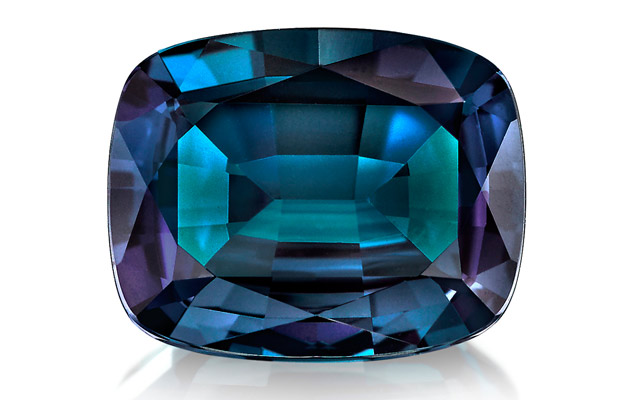
Option one (1), alexandrite, was first discovered in Russia in 1830 and it was named after Tsar Alexander II, the second of Russia. Alexandrite is a form of Chrysoberyl, and what makes it unique is that it changes color. During the day, it looks green, and, at night, or under incandescent light, it looks more red or purple. Alexandrite became the national stone of Tsarist Russia and the Russian military uniforms were also red and green. Russia depleted its deposit of alexandrite, but the stone has since been found in Brazil, East Africa, and Sri Lanka.

The value of alexandrite depends on that color change, how clear it is, and how distinct it is. This caused some people to say that alexandrite is an emerald by day and a ruby by night.
Alexandrite is an eight-and-a-half (8½) on the Mohs scale. Therefore, alexandrite is considered a very hard stone and can be worn in rings for everyday use.
Alexandrite is associated with love and romance. So, you may want to consider alexandrite when shopping for an engagement ring.
Alexandrite is the 55th wedding anniversary gift on The Gemstone Anniversary List.
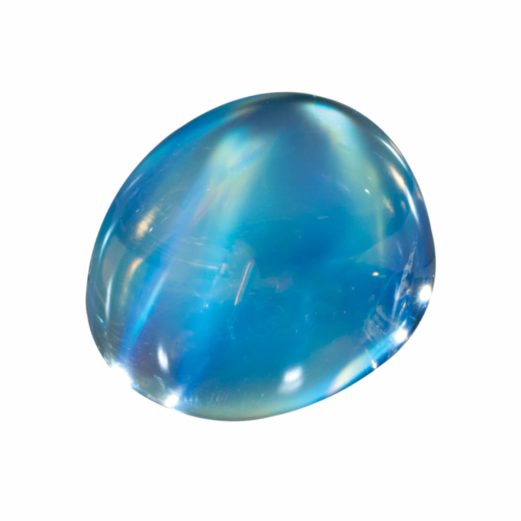
Option two (2) of the June birthstones, is the moonstone. Blue moonstones are the color that is most coveted. However, moonstones do come in an array of cream and yellow colors too. All the many different shades of moonstones are used in jewelry.
Moonstones are six-and-a-half (6½) on the Mohs scale. Which isn’t considered too hard. However, you can use moonstones in rings. Good news: if you damage your moonstone, they are easily replaceable and not as expensive as alexandrite and pearl to replace.
The moonstone is associated with the moon in many cultures. Both the ancient Greeks and the Romans associated moonstones with their moon goddess, Selene. Furthermore, both the ancient Romans and the ancient Hindus believed that the moonstone was the solidified rays of the moon. It is also said that moonstones bring about good fortune.
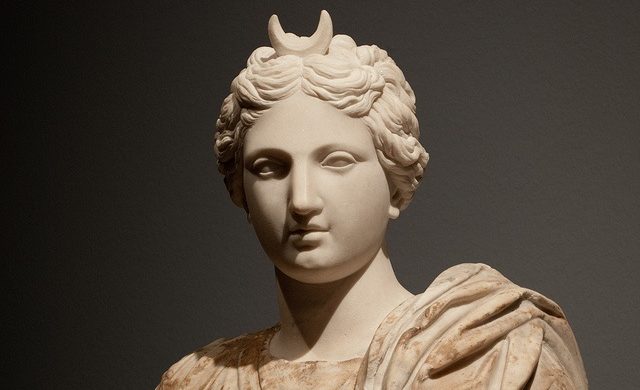
Moonstone is the third (3rd) wedding anniversary gift on The Gemstone Anniversary List.
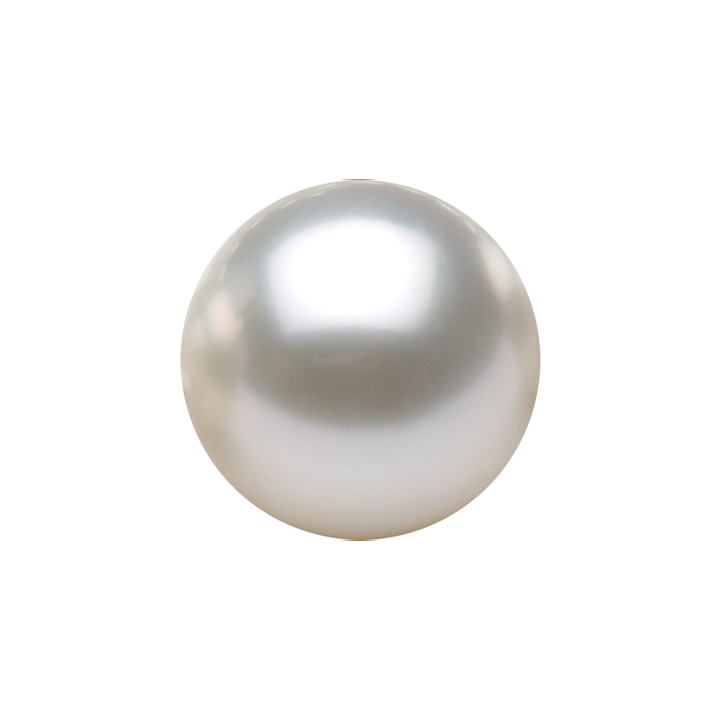
It is important to note that natural pearls are not gemstones nor a mineral. Rather, a natural pearl is a composite of the mineral Aragonite (Calcium Carbonate) and the organic compound Conchiolin (a protein). Though classified as a gemstone, natural pearls are extremely unique, largely due to the fact that they are the only gem material formed and found within a living creature. Unlike diamonds, rubies, emeralds, etc., natural pearls require no cutting or polishing before use and are simply stunning in their natural form.
Natural pearls were coveted all over the world. Cleopatra loved pearls. Cleopatra (68-30 BC), Queen of Egypt, loved pearls so much, she dissolved a large pearl in a glass of vinegar once and then drank it down to the very last.

The first mention of a pearl was in a Chinese document dating all the way back to 2206 B.C. Natural pearls were almost completely depleted. It is very, very rare to find a natural pearl today. But, as natural pearls were being depleted that is also when cultured pearls were introduced.
The Persian Gulf, the Gulf of Manner, the Indian Ocean, and the Red Sea is known as being the prime natural pearl forming areas.
Cultured pearls are pearls that form in saltwater or freshwater after an irritant, such as a tiny bead, is inserted into the oyster shell by a pearl farmer. Layers of nacre form around the irritant to create the pearl—the same as with natural pearls. But because humans are involved in the process, cultured pearls are different from natural ones. This method was perfected by the Japanese, and they began to sell pearls throughout the world. Cultured pearls come in a variety of amazing colors.
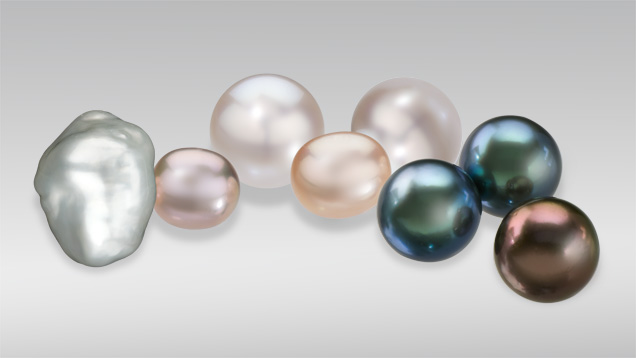
Natural pearls are known for their lustrous glow and prized for their white, creamy colors. The spherical shape of pearls has often been associated with the moon. The Chinese believe that wearing a pearl protects you from fire, including the fire from a dragon. In Europe, pearls symbolize modesty, chastity, and purity. Overall, pearls are an elegant stone to wear.
Historically, pearls have been perceived as being quite valuable due to the rarity of natural pearls. The qualities that determine the overall value of a natural or cultured pearl or a piece of pearl jewelry are size, shape, color, luster, surface quality, nacre quality, and—for jewelry with two or more pearls—matching.
Pearls are a two-and-a-half (2½) on the Mohs scale. Natural pearls are very easily scratched and abraded. Therefore, you have to take extreme care of them.
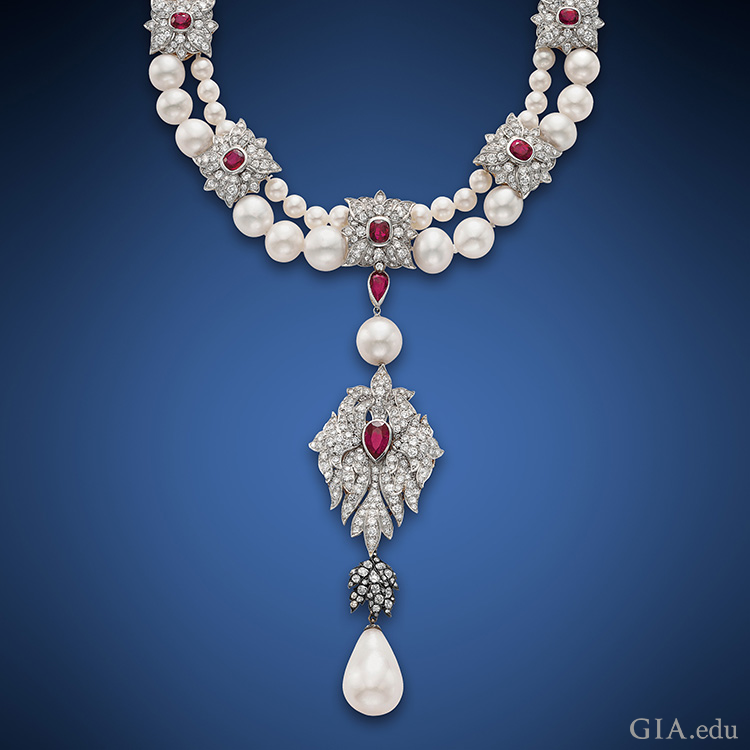
One of the most world-renown natural pearls is the 50.56ct La Peregrina. It is about the size of a pigeon’s egg, the teardrop-shaped pearl was discovered in the 1500s in the Gulf of Panama. It became a prized possession of European royalty. Richard Burton eventually gifted it to Elizabeth Taylor in 1969; Christie’s New York auctioned the Cartier necklace containing La Peregrina for $11.8 million in 2011.
Pearl is the thirtieth (30th) traditional wedding anniversary gift.
Fortunately, June babies have options when it comes to birthstones. Are you a June baby? If so, which of the three (3) birthstones are your favorite? Let us know by clicking the comments button below.
Written by Bianca Mac Donald